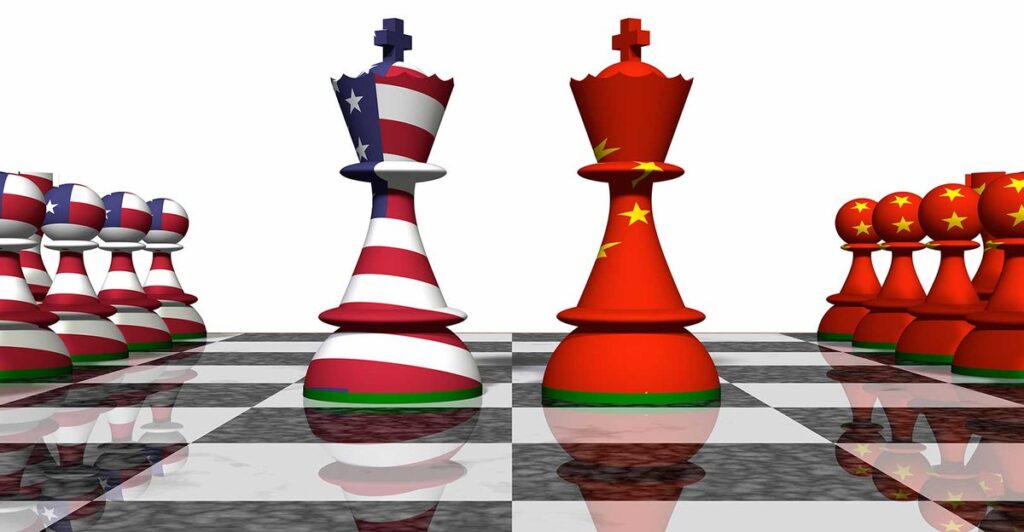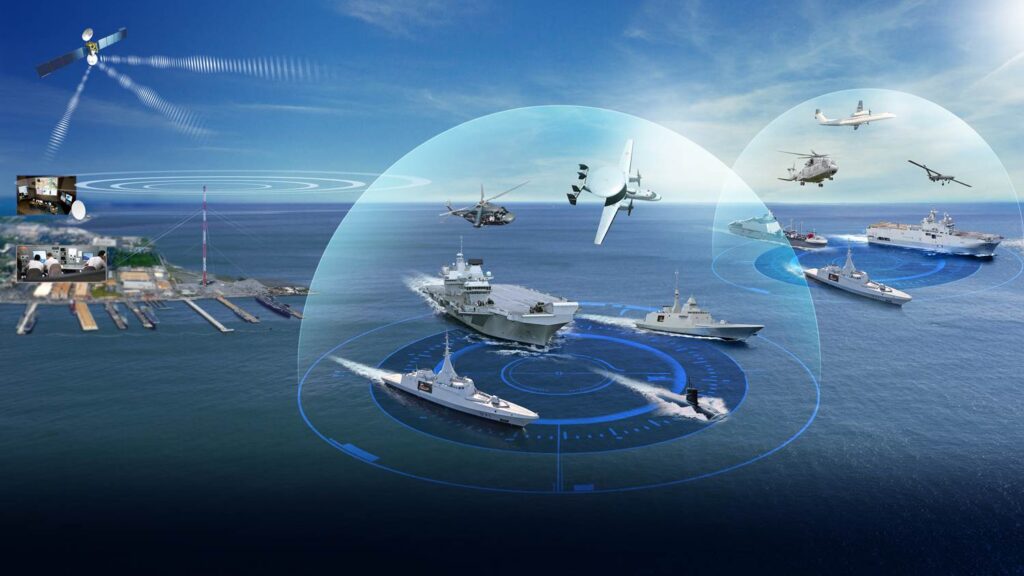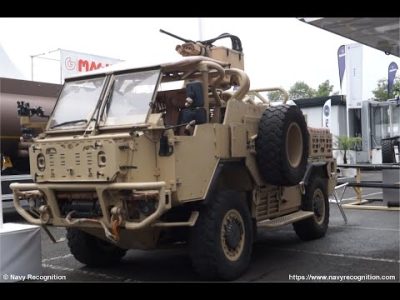Published on 02/13/2021 – Last Updated on 02/13/2021 by OTC
The nature of sea power is swiftly evolving and challenged by numerous geopolitical and technological advancements—China’s boosting naval power and technological growths prompt conventional naval powers to establish new strategies and tactics. The maritime operation domain is becoming the site of a new great power struggle. The globe’s seas and oceans have become the stage of expanding international competition and tensions that might specify international order for the coming years.
In the maritime domain, two certain technological improvement areas are currently most prominent in defining sea power’s future. New missile abilities progressively endanger existing fleets’ survivability, while expanding C4ISR capabilities offer extreme challenges to well-known tactics in naval warfare.
Anti-ship missiles flying at hypersonic speeds mean that the available time between detection and impact could be too short of deploying defenses or taking countermeasures—a change in this very particular element of naval warfare results in substantial consequences. These weapons question the effectiveness of existing defensive measures and procedures. Both contemporary compositions of naval task forces and how they operate will undoubtedly need to adapt to this operational environment.
A radically changing C4ISR capability further enhances the effects of this new generation of weaponry at sea. The maritime environment is witnessing a proper proliferation of sensor technology and analyzing and managing it in real-time. The latest satellite constellations, leveraging small satellites, have significantly reduced the time between particular areas’ observations.
This means that major military powers are gaining the ability to accurately locate their opponent’s naval vessels multiple times a day, far beyond the range of their radars. Such a capability leans not only on the proliferation of actual satellites to collect this data – which ranges from optical imagery and radar to the location of electronic emissions such as radio or radar activity by naval vessels – but also on advancements in artificial intelligence applications that can interpret such a vast volume of data in real-time.
The integration of systems to combine data feeds from multiple sources, not exclusive to the space-based collection, and distribute this information across military commands and weapon systems require significant infrastructure investments but builds towards a full-knowledge intelligence environment in the naval domain. A reality where major naval powers are frequently aware of their opponent’s vessels’ exact locations – especially in combination with new missiles needs an entirely different approach to obtaining dominance in the naval domain. The earth’s surface and the air above it are now becoming visible to the adversaries’ radar systems and sensors in space. There is only one place left to hide – beneath the waves, in the ocean depths.
Following a period of near-contested naval dominance by the United States during the post-Cold War era, a significant rise in Chinese power has drawn increased attention to the Indo-Pacific region. Chinese’s gradual seapower growth right now is culminating in a credible challenge to U.S. naval dominance as its surface fleet size. China is only taking its first steps towards global power projection by constructing aircraft carriers and conducting naval operations at a great distance but has already radically altered the military balance in its immediate East Asian periphery
China is not only disrupting the U.S. objective to dominate the Pacific theater- which the United States considers critical to prevent the rise of a direct threat to its mainland – but is also triggering a reconfiguration of global naval power that is shifting resources away from other theaters.

The increase in the firepower, inability to detect hypersonic missiles before sufficient time for defense and countermeasures, monitoring the real-time sea surface with satellites, and the compilation of the incoming data with big data and artificial intelligence algorithms, will cause radical changes in the tactics of naval warfare and the force structure of the task groups.
The development of electronic warfare capabilities, the inclusion of unmanned vehicles in the force composition, the reduction of aircraft carriers dimensions, the emergence of space as an essential dimension of naval operations, the development of network-based capability, the compilation of data fusion from a wide variety of sources (including social media), ensuring cyber protection of C4ISR systems and, most importantly, the effective use of the submarine, which still preserves its mystery, will soon shape naval warfare’s character. The result of the great power struggle between the USA and China depends on which party will gain the upper hand in the naval operation domain.















Comments